
Nanobots could be disease-fighting machines inside the body, offering a path to eternal life
Tiny Machines Could Reshape Human Destiny
By 2030, scientists predict that nanobots — microscopic machines built at the molecular scale — could enter the human body and fundamentally transform everything we understand about life, health, and aging. These tiny devices may not remain science fiction for much longer.
Imagine nanobots patrolling our bloodstream like digital immune cells, tirelessly scanning for viruses, bacteria, cancerous cells, or even damaged DNA. The moment they detect a threat, they could spring into action: repairing tissues, destroying disease, and preventing illnesses long before any symptoms surface. Unlike traditional medicine, which typically reacts once damage has already taken place, nanobots promise a proactive, preventative approach — acting before harm even begins..jpg)
Image Credits: K_E_N/shutterstock.com
Beyond disease control, these machines could tackle aging itself. They might unclog arteries, rebuild or regenerate organs, and maintain individual cells in peak condition. Because they are programmable, they could receive wireless updates in real time, continuously improving their ability to protect and optimize our bodies.
The boldest vision? Radical life extension. Some researchers suggest that nanobots could slow, halt, or even reverse the aging process at the cellular level. In that sense, aging becomes less of a fixed biological fate and more like a bug in our system — a glitch that can be patched. With these machines, we might not only prevent diseases but also preserve youth indefinitely.
Early experiments in animals have already shown encouraging results. In lab studies, nanobots have demonstrated targeted delivery of therapies and precise navigation. For instance, researchers have created magnetic nanorobots about 300 nm in diameter that can be guided through blood vessels to treat brain aneurysms. Teams have navigated swarms of micro-robots in preclinical trials to treat sinus infections by heating them to release reactive oxygen species that kill bacteria.
At the cutting edge, scientists are also working on clinically ready microrobots capable of being steered inside the body under physiological conditions, thanks to magnetic guidance systems. Others have developed bio-hybrid microrobots using jellyfish-derived stinging capsules for deeper tissue drug delivery. Meanwhile, advances in artificial intelligence and reinforcement learning are enabling nanobots to autonomously detect and chase cancer cells in simulations.
Researchers are also expanding the application of micro- and nano-robots to new clinical frontiers. For example, tiny robots are being investigated for treating eye diseases by delivering drugs directly to precise locations in the eye.
Even though many of these technologies are still at an experimental or preclinical stage, the momentum is real — and growing. A new mathematical model, published in Nature Communications, has improved how microrobots can navigate the complex flow of blood, overcoming a key hurdle on the way to human trials. Still, challenges remain: biocompatibility, long-term safety, immune response, controlling the motion and function of millions or billions of these bots, and the ethical implications of their use.
The market for nanorobotics in medicine reflects this optimism. According to a business report, the global market for nanorobots in healthcare was already valued at US$ 7.8 billion in 2024, and is projected to reach US$ 11 billion by 2030.
Some futurists go further. Raymond Kurzweil and others have speculated that nanorobots could become a central tool in extending human lifespan — possibly helping people to live well beyond 120 years by continuously repairing cellular damage. While those ideas remain speculative, they highlight how big the potential payoff could be.
In short, this is not just science fiction. A future where disease becomes optional, healing is constant, and death itself may be significantly delayed is no longer inconceivable. As the technology matures, the question could shift not from “Can we survive?” to “How long do we want to live?”
News in the same category


This vitamin deficiency could be raising your colorectal cancer risk — and half the world is low

Tomato Extract: Better And Safer Blood Thinner Than Aspirin

10 warning signs your kidneys are failing (symptoms most people don’t know)

10 Subtle Symptoms of Clogged Arteries You Shouldn’t Ignore

Blurred Vision in One Eye and a Headache
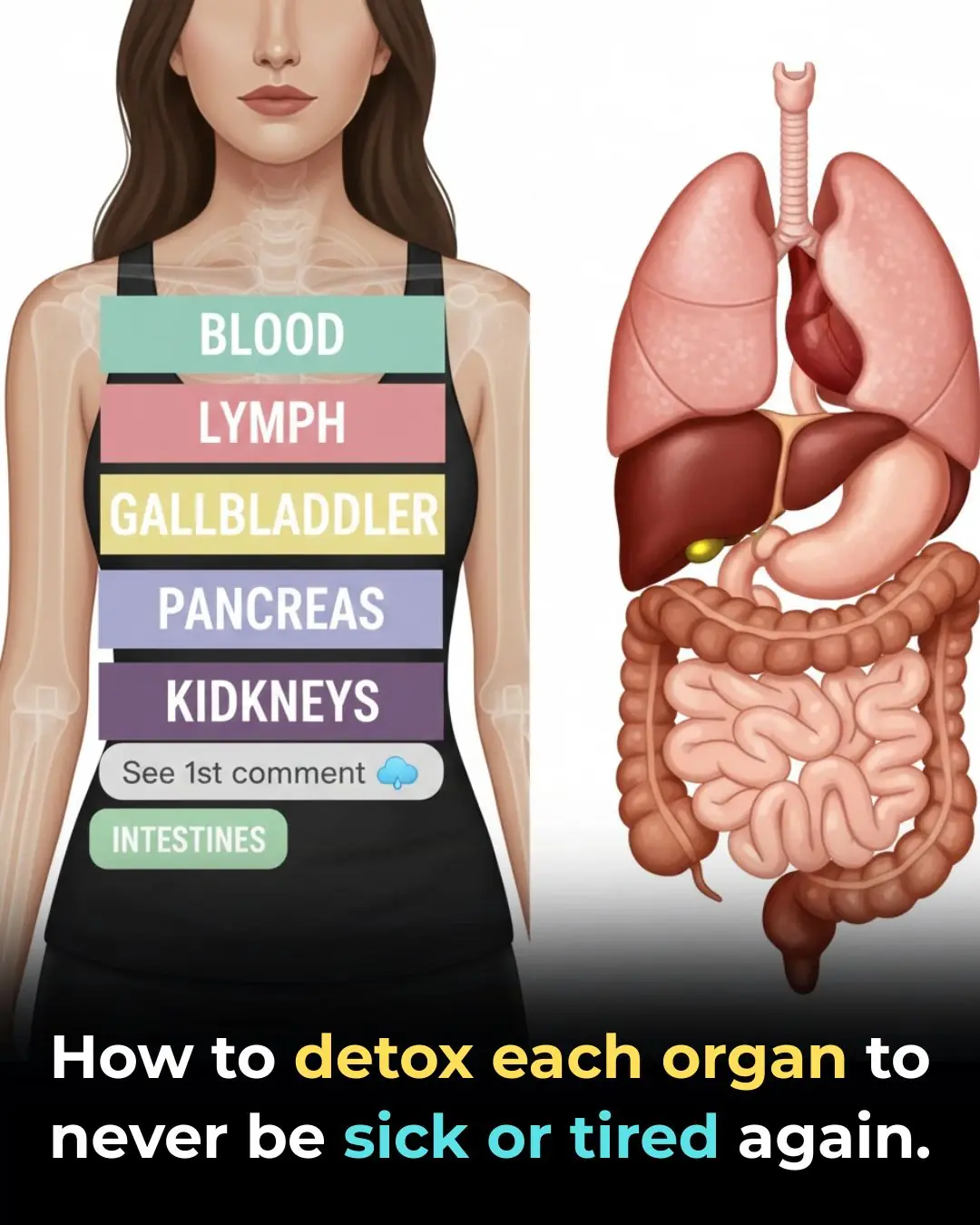
How To Detox Each Organ To Reset Your System
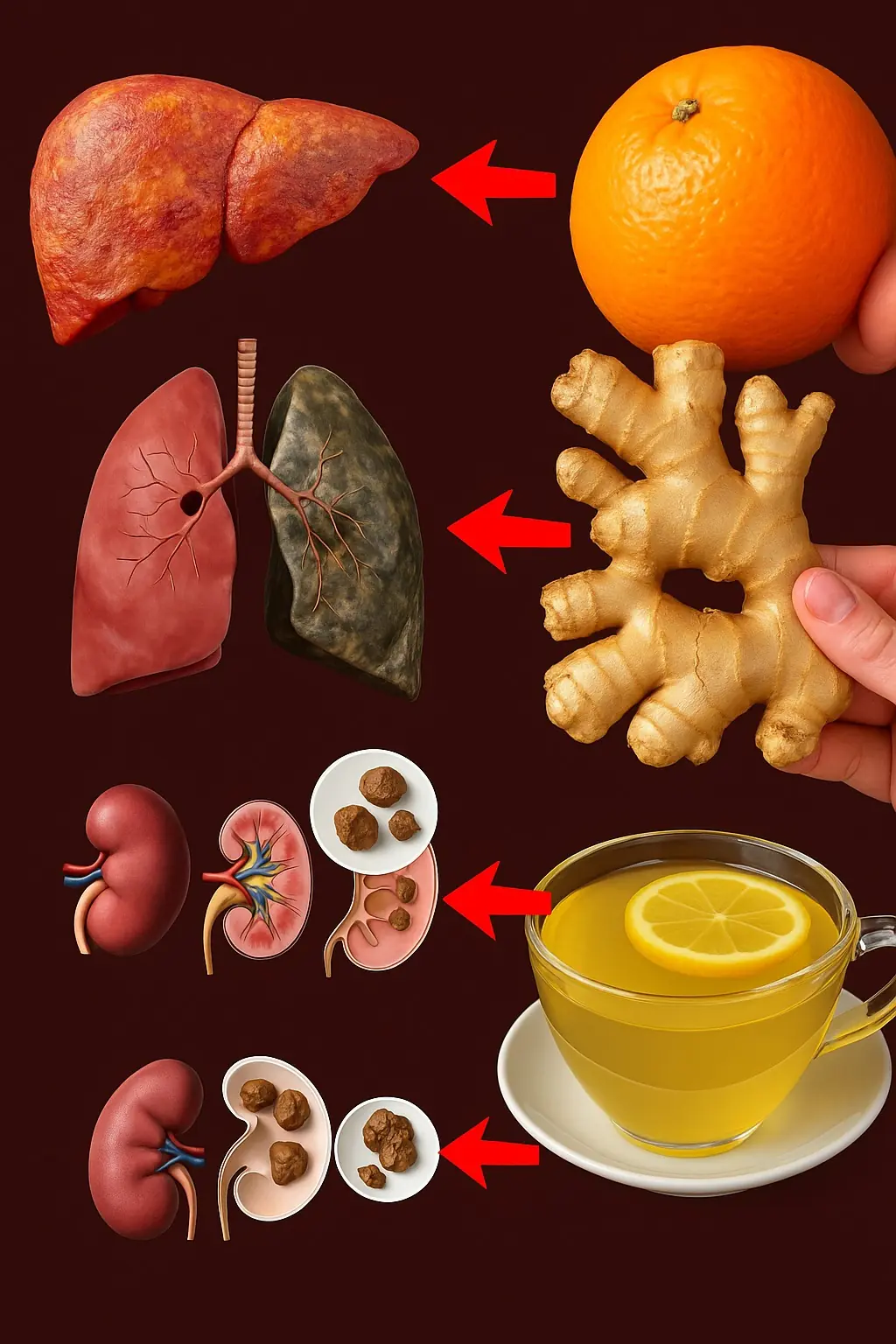
Natural Detox: Simple Daily Habits to Support Your Kidneys, Liver & Lungs

Apple Cider Vinegar: A Simple, Natural Way to Support Your Daily Wellness

7 powerful fruits that cleanse your kidneys naturally

What Can Your Urine Tell You about Your Health

Pour hot water over an apple and the chemicals will become clearly visible – the best way to check if an apple is toxic
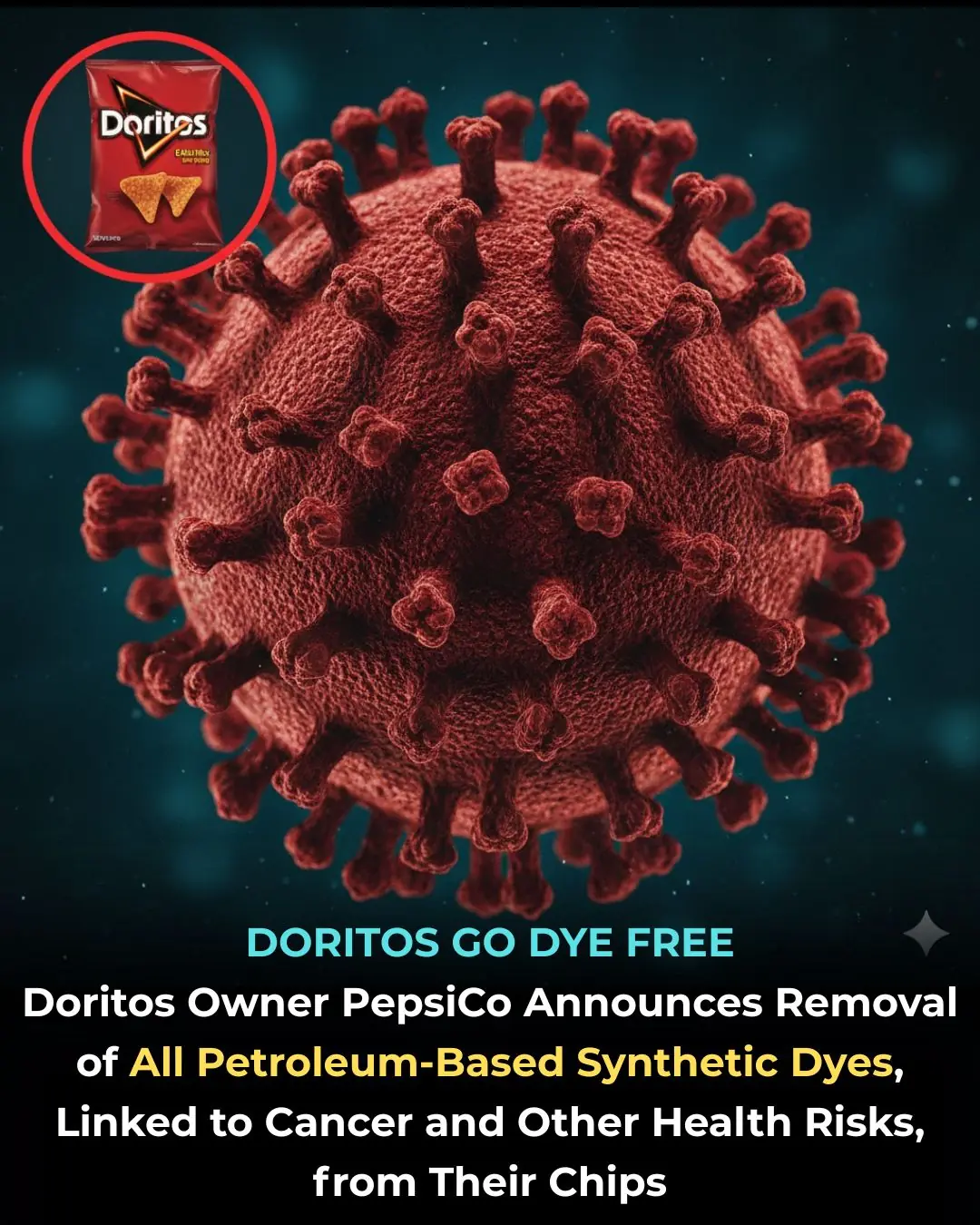
Doritos Goes Dye-Free: PepsiCo Shifts to Natural Colors
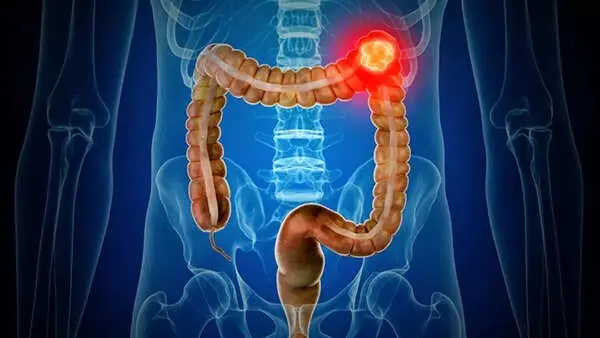
Everyday symptoms that keep appearing in people with bowel cancer

The Shocking Truth About Blood Clots and Natural Treatments That Actually Work

Hidden signs of parasites in your body and how to flush them out naturally

Proven Health Benefits of Eating Eggs Based on Evidence
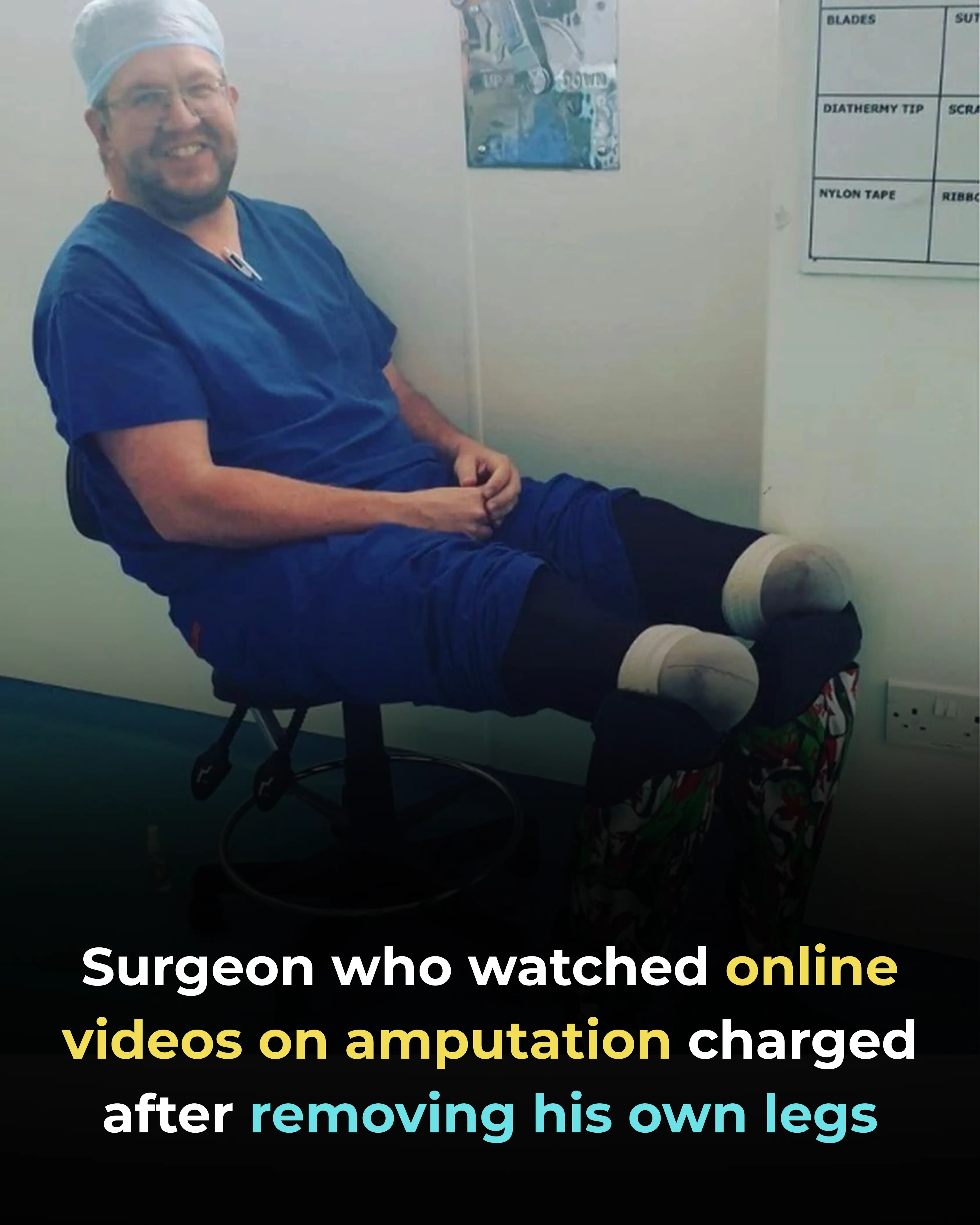
Surgeon who watched online videos on amputation charged after removing his own legs

5 Estrogen-Rich Foods Women Should Eat for Hormonal Balance & Radiant Skin
News Post

This ancient seed oil may help calm knee pain better than Tylenol, study suggests

This vitamin deficiency could be raising your colorectal cancer risk — and half the world is low

Tomato Extract: Better And Safer Blood Thinner Than Aspirin

10 warning signs your kidneys are failing (symptoms most people don’t know)

10 Subtle Symptoms of Clogged Arteries You Shouldn’t Ignore

Yarrow: A Timeless Herbal Ally with Amazing Health Benefits

The Digestive Benefits of Mimosa Pudica: A Natural Gut Cleanser

The Stone Breaker Plant: Nature’s Remedy for Kidney Stones

Secret Tips for Growing Healthy and Productive Clove Plants

The Remarkable Benefits and Uses of Mullein Leaves

Meghan Markle speaks out after Balenciaga designer revealed she invited herself to Paris fashion week

Serial Brooklyn dine-and-dash influencer caught avoiding the bill in dramatic video as local eateries wise up to scheme

A-list actress looks completely unrecognizable in new ‘Hunger Games’ trailer

Joey and Jesse Buss fired by Lakers after $10 billion sale as family feud with Jeanie explodes

I’M A CELEB HAD A SPECIAL ‘SMOKO RULE’ THAT ONLY APPLIED TO ONE LEGENDARY STAR

Tips to clean shiny enamel at home without spending a penny

WHERE TO WATCH JOEY’S FRIENDS SPINOFF AS LOST EPISODES RELEASED AFTER 19 YEARS

PARIS JACKSON MAKES SHOCKING CLAIM ABOUT $10,000,000 WORTH OF DAD MICHAEL'S WILL

How to help you travel thousands of miles without getting motion sickness
